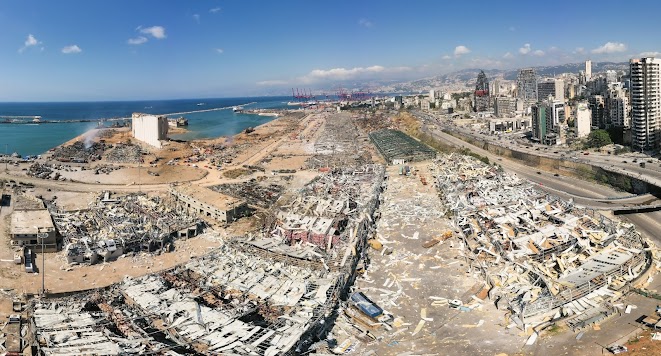Lebanese Society On August 4th, 2020, one of the largest non-nuclear explosions in history destroyed the port of Beirut and damaged half of the city. The loss of physical life and infrastructure was immense. The blast killed 218, wounded 7,000, and 150 gained a physical disability. The blast also damaged 77,000 apartments, 163 public and private schools, and destroyed over half of Beirut’s healthcare centres. From the explosion 300,000 people became homeless.The reason for the explosion was due to stored ammonium nitrate, which is “a fertilizer often used in improvised explosive devices”, ( Abouzeid, New York Times, How Corruption Ruined Lebanon, 2021). The ammonium nitrate was poorly stockpiled in 2014 and was left unattended until the eventual blast in 2020, the reason for this explosion was because of corruption in Lebanon. Lebanese society has many different problems that stem from the country's corruption. After the fifteen year civil war ended in 1990, a post war system was i
